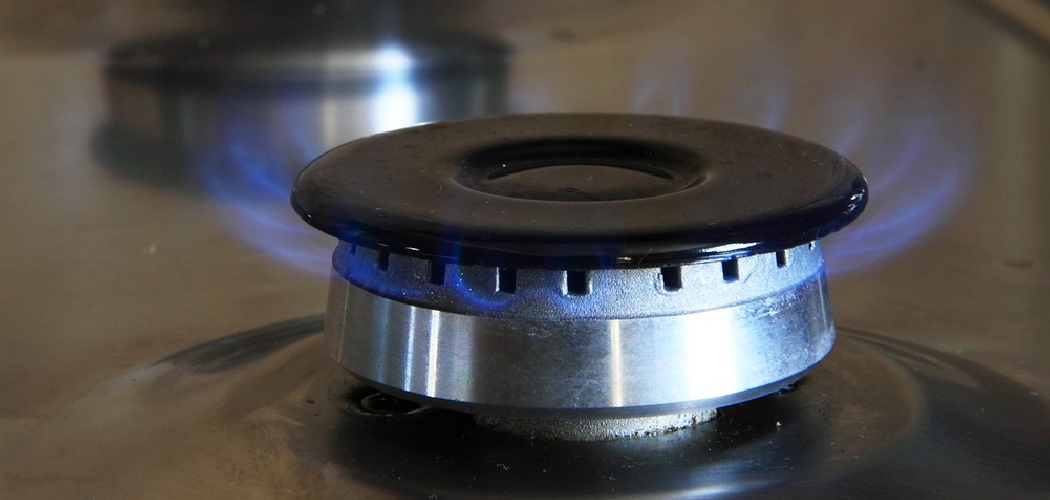Are you tired of using matches, lighters, or fire starters to light your gas fireplace? Look no further than a fireplace key to make starting your fires easier and more convenient.
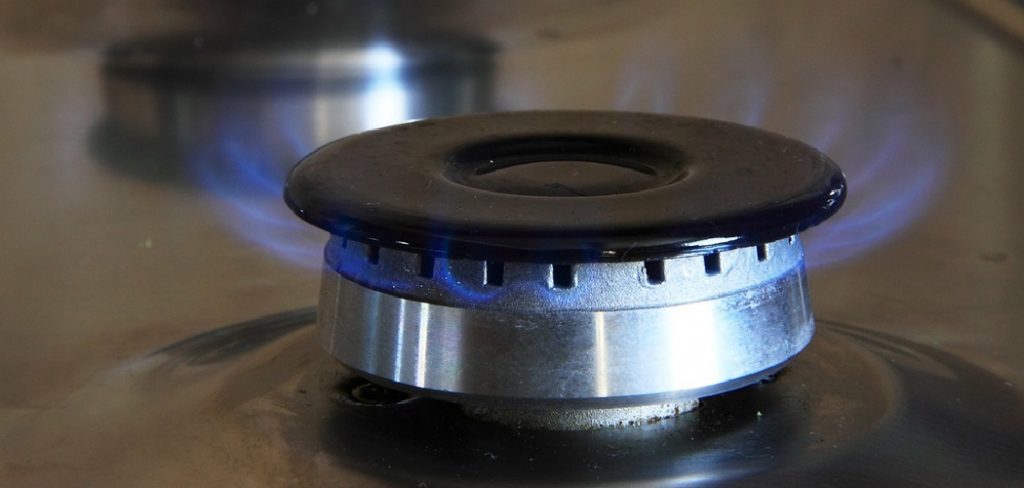
A gas fireplace key is a simple yet essential tool for safely operating a gas fireplace. This key is typically used to control the gas flow to the fireplace, allowing you to easily ignite or extinguish the flames. Understanding how to use the fireplace key properly is crucial for maintaining safety and ensuring the efficient operation of your fireplace.
Whether you’re lighting it for the first time or turning it off after use, following the correct steps can help avoid potential hazards and prolong the life of your fireplace system. Let dive into how to use gas fireplace key.
What Are the Benefits of Using a Gas Fireplace Key?
Using a gas fireplace key offers several benefits contributing to the overall convenience and safety of operating your fireplace. Some of these benefits include:
- Easy Ignition: The primary function of a gas fireplace key is to ignite the flames in your fireplace easily. This eliminates the need for matches or lighters, making it a quick and hassle-free process.
- Precise Flame Control: A gas fireplace key allows you to control the amount of gas released into the burner, allowing you to adjust the height and intensity of the flames according to your preference.
- Effortless Extinguishing: When you’re done enjoying your fire, using the gas fireplace key to turn off the gas supply is much easier and safer than putting out a wood fire.
- Safety: Gas fireplace keys often come with additional safety features, such as child locks or automatic shut-off functions, making them a safer option for families with young children or pets.
- Convenience and Versatility: Gas fireplace keys are convenient for indoor fireplaces and can also be used for outdoor fire pits and grills. This makes them a versatile tool for all your fire-related needs.
In addition to these benefits, using a gas fireplace key has environmental advantages.
What Will You Need?
If you decide to install a gas fireplace or purchase a gas fireplace key, you will need a few things to get started. These include:
- Gas Line: A gas line is necessary for the fuel to reach your fireplace. If you do not already have one installed, you may need to hire a professional.
- Proper Ventilation: Gas fireplaces produce heat and emit fumes, so adequate ventilation is crucial for safety reasons. Ensure your fireplace has enough airflow and that any vents or chimneys are regularly cleaned and maintained.
- Fire Safety Tools: It’s always important to have fire safety tools, such as a fire extinguisher or smoke detector, but especially with a gas fireplace. Make sure you have these tools easily accessible in case of an emergency.
8 Easy Steps on How to Use Gas Fireplace Key
Step 1. Locate the Gas Valve and Keyhole:
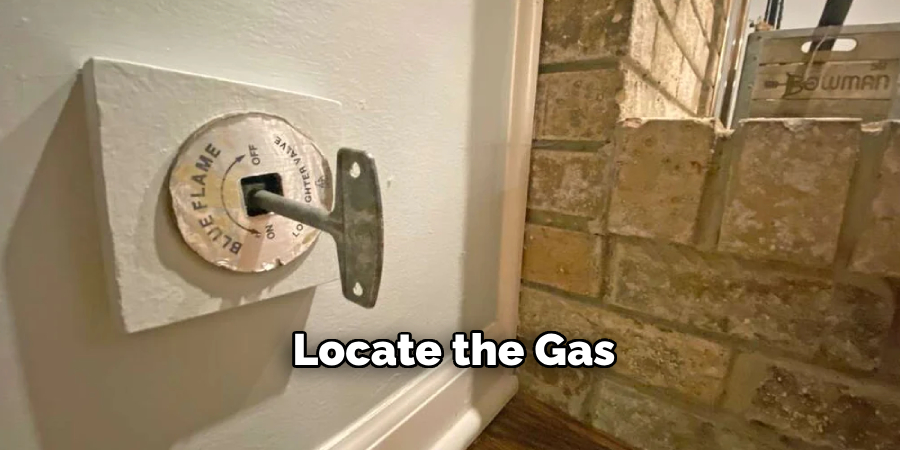
The gas valve and keyhole are usually found near the base of the fireplace or on the wall close to it. Look for a small metal or brass fitting, which is the gas valve, and a keyhole where the gas fireplace key will be inserted. If you’re unsure of the exact location, consult your fireplace’s user manual for detailed instructions. Ensure the area is clear of any obstructions before proceeding.
Step 2. Insert the Fireplace Key:
Take the fireplace key and carefully insert it into the keyhole on the gas valve. Ensure it is appropriately aligned and fits securely without forcing it. The fireplace key typically has a square or hexagonal end that matches the shape of the keyhole. Once inserted, it should rotate smoothly as you proceed to the next steps.
Step 3. Turn the Key to Open the Gas Valve:
Slowly turn the fireplace key counterclockwise to open the gas valve. You should hear a faint hissing sound, indicating gas flowing to the fireplace. Be careful not to over-rotate the key; only turn it until the flow of gas is steady. If you do not hear the gas flow, ensure that the key is fully inserted and try again. Once the gas valve is open, you can move on to the next step.
Step 4. Ignite the Fireplace:
With the gas valve open, it’s time to ignite the fireplace. Using a long-reach lighter or an extended matchstick, carefully bring the flame near the burner where the gas is released. As you do this, you should see the gas ignite instantly, producing a steady flame. Make sure to keep your hands and body at a safe distance from the opening of the fireplace while igniting.
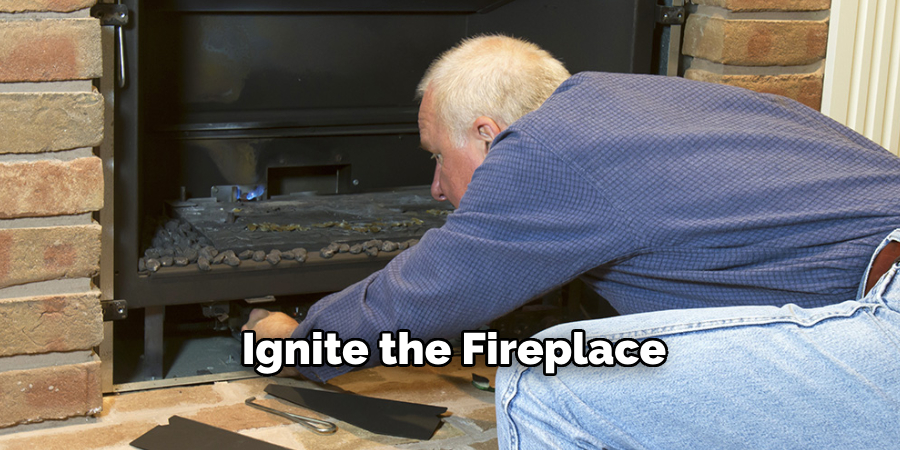
If the gas does not ignite within a few seconds, stop and wait for the gas to dissipate before trying again, as this will prevent a potential buildup. Once the flames are steady and even across the burner, you can adjust the intensity of the fire by using the fireplace key to control the gas flow. Always take your time with this step and prioritize safety throughout the process.
Step 5. Adjust the Flame as Needed:
After successfully igniting the fireplace, you may notice that the flame height and intensity can vary depending on the gas flow. Adjusting the flame is a simple yet crucial step to ensure both comfort and efficiency. To modify the flame, use the fireplace key by turning it slowly to the left to decrease gas flow, resulting in a smaller, more subdued flame. Conversely, turning the key to the right will increase the gas flow, creating a taller and more intense flame.
It is important to find a balance that provides adequate warmth while maintaining a visually pleasing appearance. Additionally, avoid setting the flame too high, as this could lead to unnecessary gas consumption or potentially damage the fireplace over time.
Step 6. Monitor the Fireplace:
Regularly monitoring the fireplace ensures safety, efficiency, and longevity of the unit. Start by inspecting the flame to confirm it remains steady and burns cleanly without excessive flickering or discoloration, which could indicate incomplete combustion or potential issues with gas flow. Check for any unusual odors, sounds, or soot buildup, as these may signal the need for maintenance. It is also important to ensure the area around the fireplace remains free of flammable materials, such as curtains, papers, or furniture, to reduce fire hazards.
If the fireplace features a glass screen, clean it periodically using a non-abrasive cleaner to maintain clear visibility and prevent residue buildup. For optimal safety, consider installing a carbon monoxide detector in the room to alert you to any potential gas leaks. Monitoring the fireplace regularly enhances safety and assures a warm and comfortable ambiance throughout its use.
Step 7. Shut Off the Gas:
When you are finished using your gas fireplace, ensure that the gas is completely turned off. Locate the gas valve or control switch near the base of the fireplace or within the control panel, and turn it to the “off” position.
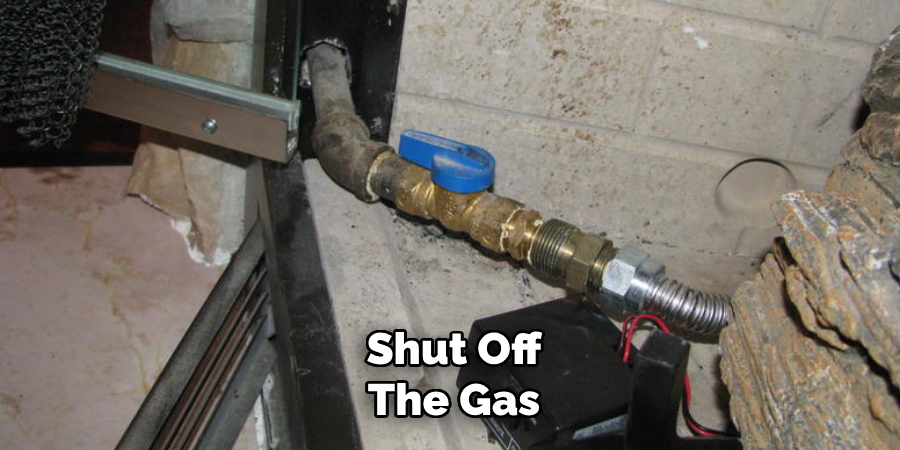
This step is crucial for safety, as it prevents the risk of gas leaks and reduces unnecessary fuel consumption. Once the gas is shut off, allow the fireplace components to cool down before cleaning or maintenance. Always refer to the manufacturer’s instructions for specific guidance on operating and shutting off your gas fireplace.
Step 8. Remove the Key:
After turning off the gas, locate the control key used to operate your gas fireplace. Carefully remove the key and store it in a safe location away from the reach of children or pets. This ensures that the fireplace cannot be accidentally turned on while maintenance or cleaning is underway. Keeping the key in a secure spot makes it easier to find when you’re ready to use the fireplace again.
Following these steps, you can safely and effectively use a gas fireplace key to enjoy a warm and cozy atmosphere.
5 Things You Should Avoid
- Forgetting to Turn the Key to the Off Position
Always ensure the key is turned to the “off” position when the fireplace is not in use. Forgetting to do so can lead to gas leaks, posing serious safety risks.
- Leaving the Key in the Slot
Avoid leaving the key in the control valve after use. This can be dangerous, especially if children or pets can access the key and accidentally turn on the gas.
- Using Excessive Force When Turning the Key
Applying too much force can damage the control valve or the key itself. To avoid unnecessary wear and tear, turn the key gently and stop once you feel resistance.
- Misplacing the Key
Losing the fireplace key can delay your ability to use the fireplace when desired. Always keep it in a secure and memorable location to prevent misplacement.
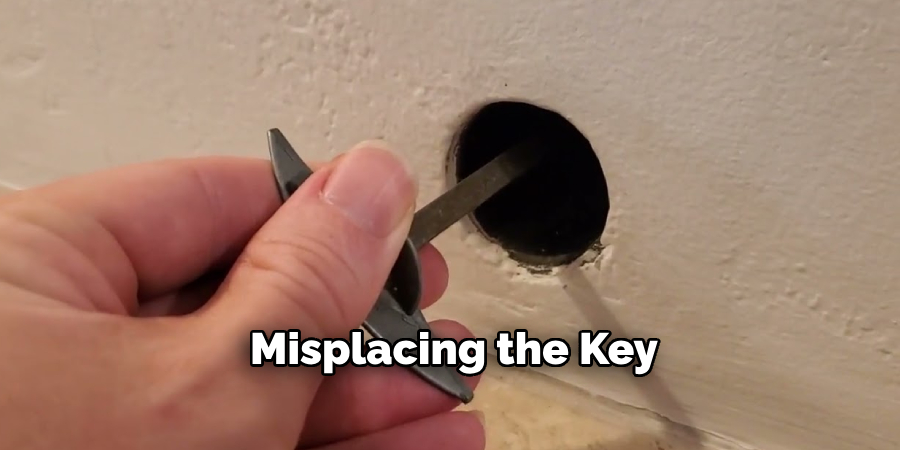
- Trying to Use Improper Tools or Objects
Never attempt to use tools or objects other than the designated gas fireplace key. Using the wrong tool can damage the valve mechanism and may result in unsafe conditions.
Conclusion
How to use gas fireplace key is a simple yet essential process that ensures safe and efficient operation of your fireplace.
Always follow the manufacturer’s guidelines, keep the key secure, and avoid using improper tools to prevent damage to the valve mechanism. Regular maintenance and proper handling will extend the lifespan of your fireplace and enhance safety, providing you with a reliable and cozy heating solution.
Hopefully, this guide has helped you understand the importance of a gas fireplace key and how to use it correctly.

